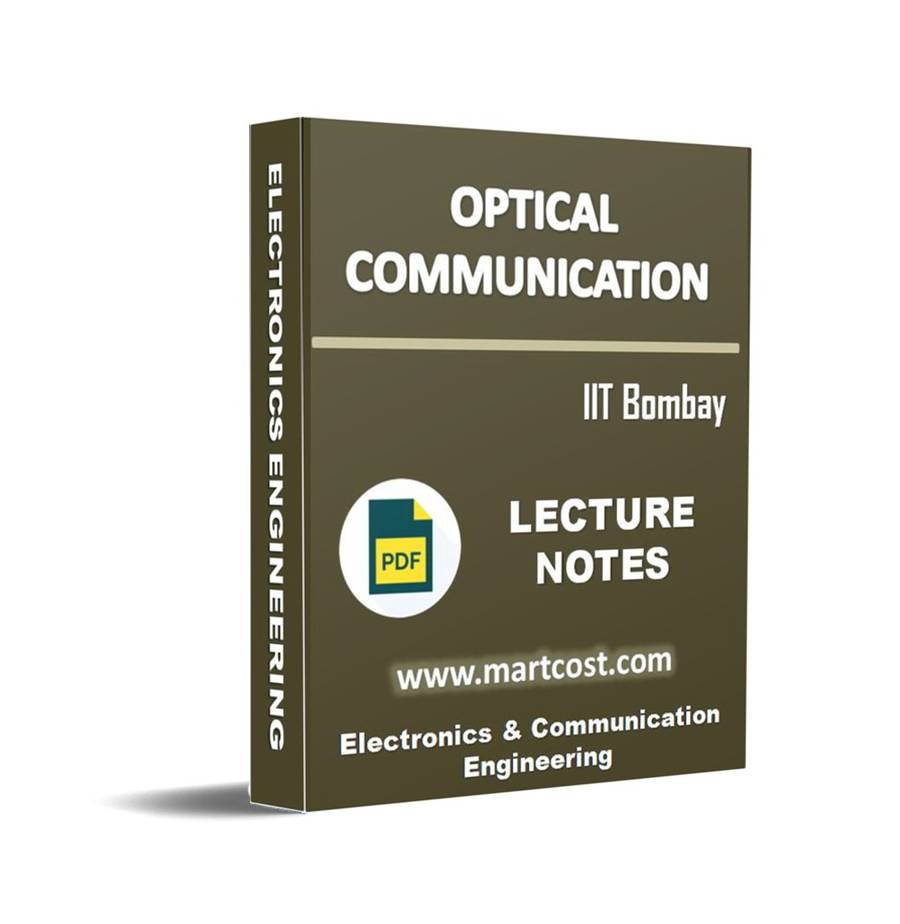Description
Name of Notes : – Optical Communication Lecture Note
Introduction
Modules / Lectures
- Module-1 Introduction
- Module-2 Ray Model
- Module-3 Wave Model
- Module-4 Signal Distortion I
- Module-5 Signal Distortion II
- Module-6 Light Emitting Diode
- Module-7 Laser I
- Module-8 Laser II
- Module-9 Photo Detectors
- Module-10 Noise and Bit Error Ratio
- Module-11 Link Design
- Module-12 System Degradation and Power Penalty
- Module-13 Measurements
- Module-14 SONET/SDH
- Module-15 EDFA
- Module-16 Integrated Optics I
- Module-17 Integrated Optics II
- Module-18 FBG based devices
- Module-19 WDM Components
- Module-20 WDM Networks
- Module-21 Raman Amplifier
- Module-22 Nonlinear fiber optics I
- Module-23 Nonlinear fiber optics II






Reviews
There are no reviews yet